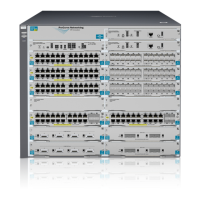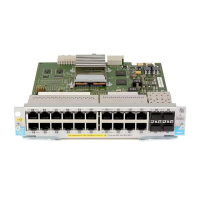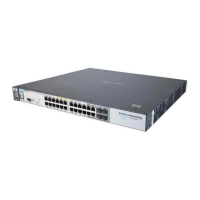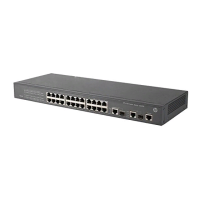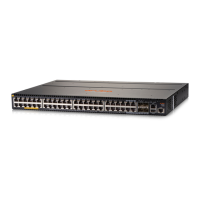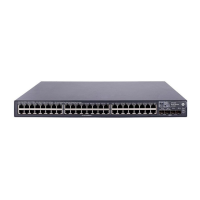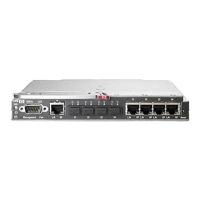ENWW Image defects 385
Poor fusing
Image distortion
Table 7-32 Causes for poor fusing
Cause Solution
Media is not within specifications. For example, media
that is too thick causes poor fusing.
Use media that meets specifications. See F, in
chapter 1.
Fuser is not within nip width specifications. Refer to the Repetitive defect cause table, later in
this chapter,
to find out if the interval of the
poorly fixed
places agrees with that of a fuser
sleeve. If so, replace the fuser sleeve unit. Replace
the fuser.
Fuser sleeve is scarred or damaged. Replace the fuser.
Pressure roller is scarred or damaged. Refer to the Repetitive defect cause table, later in
this chapter, to find out if the interval of the poorly
fixed places agrees with that of a pressure roller. If
so, replace the fuser.
Thermistor is deteriorated. Replace the fuser.
DC controller PCB is defective. Replace the DC controller PCB. Calibrate the printer
after replacing the DC controller. See Calibrate Now,
later in this chapter.
Table 7-33 Causes for distortion or blurring
Cause Solution
Transfer unit is defective. Replace the transfer unit. Calibrate the printer after
replacing the transfer unit. See Calibrate Now, later
in this chapter.
Defective secondary transfer roller If it does not rotate smoothly or it is deformed,
replace the secondary transfer roller.
DC controller PCB is defective. Replace the DC controller PCB. Calibrate the printer
after replacing the DC controller. See Calibrate Now,
later in this chapter.
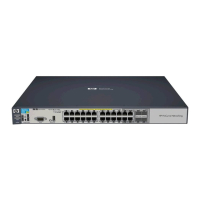
